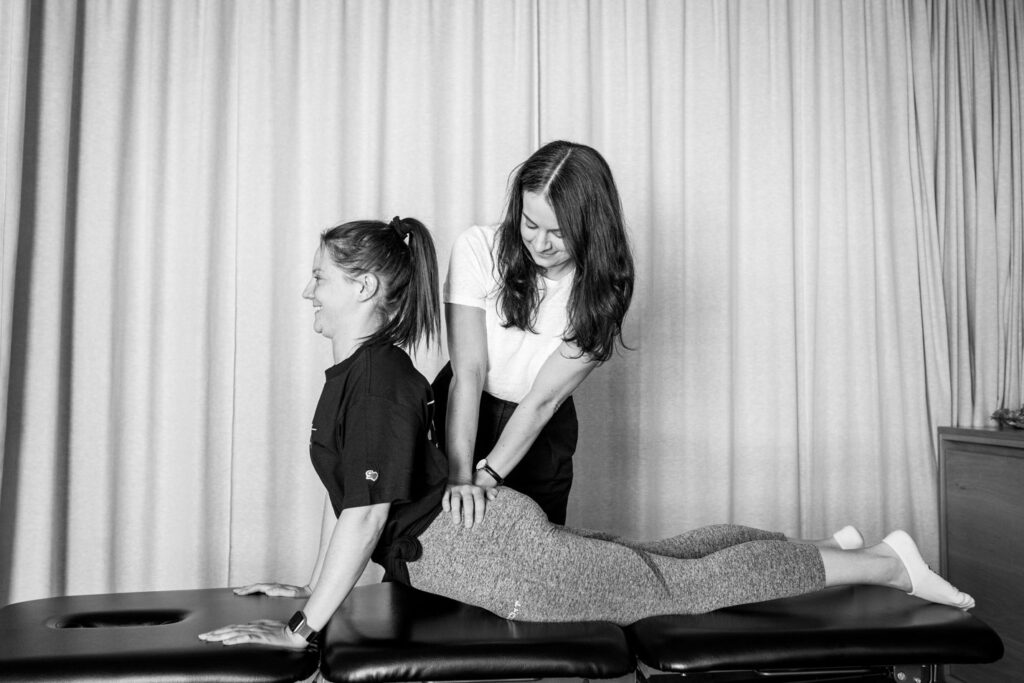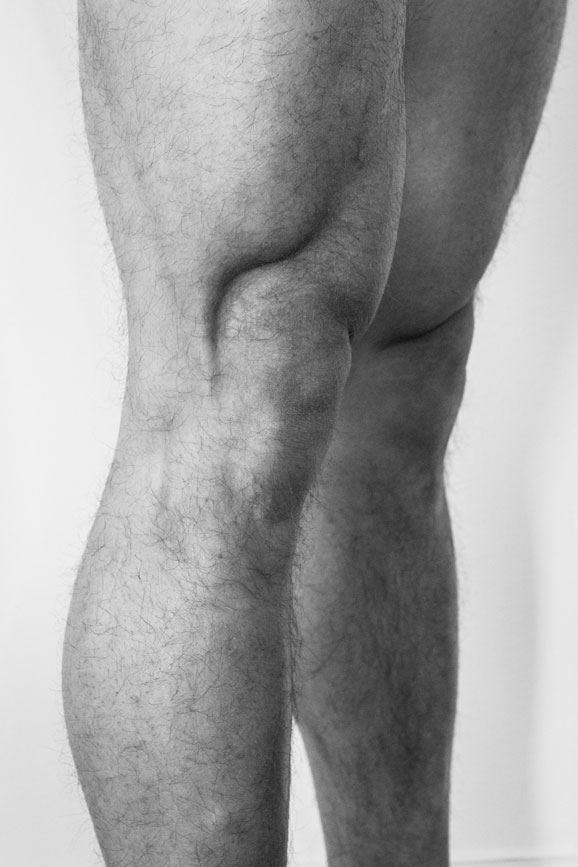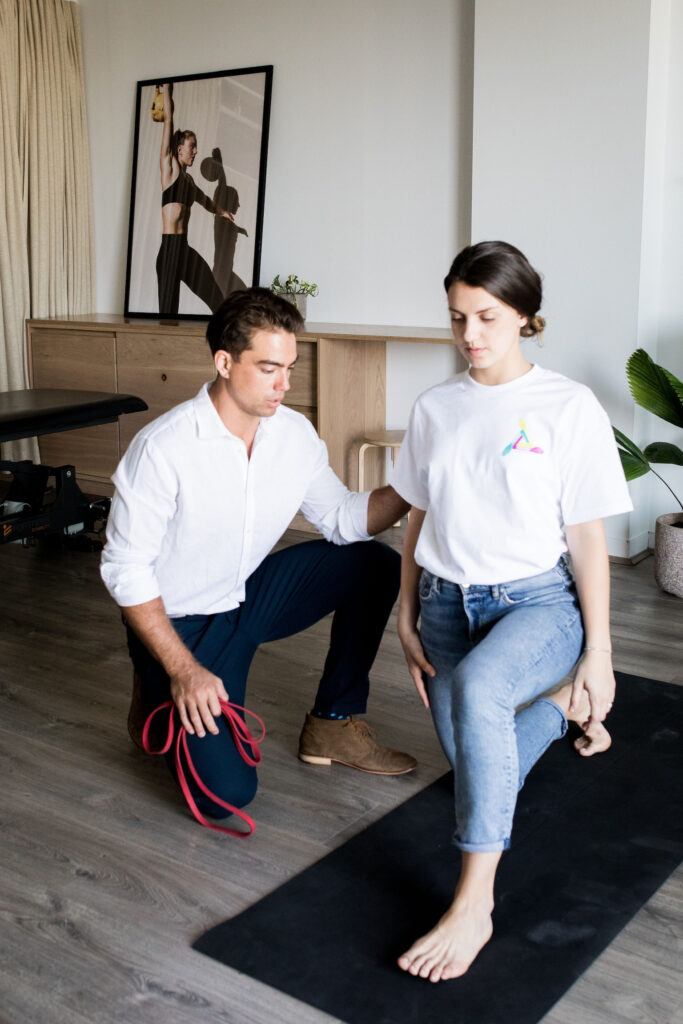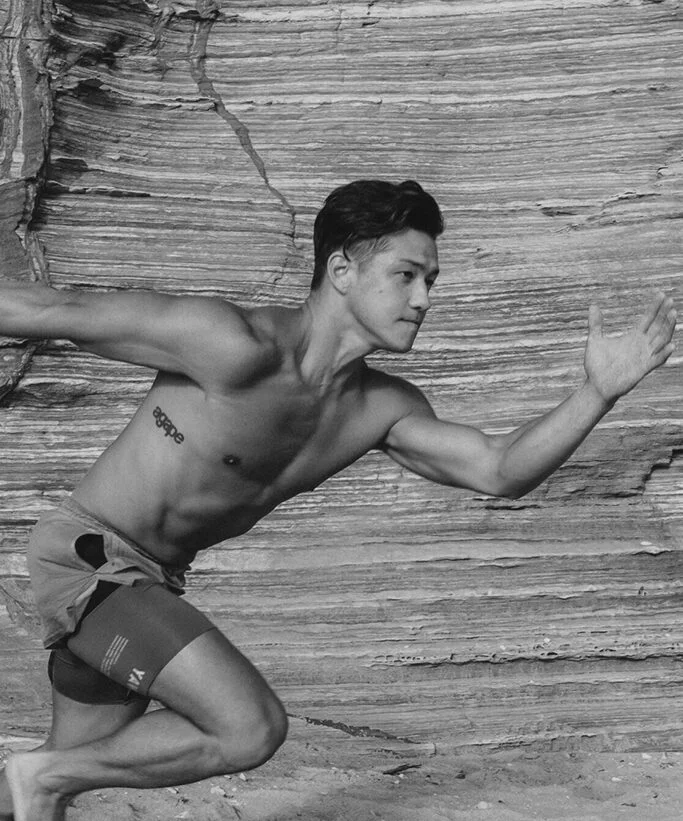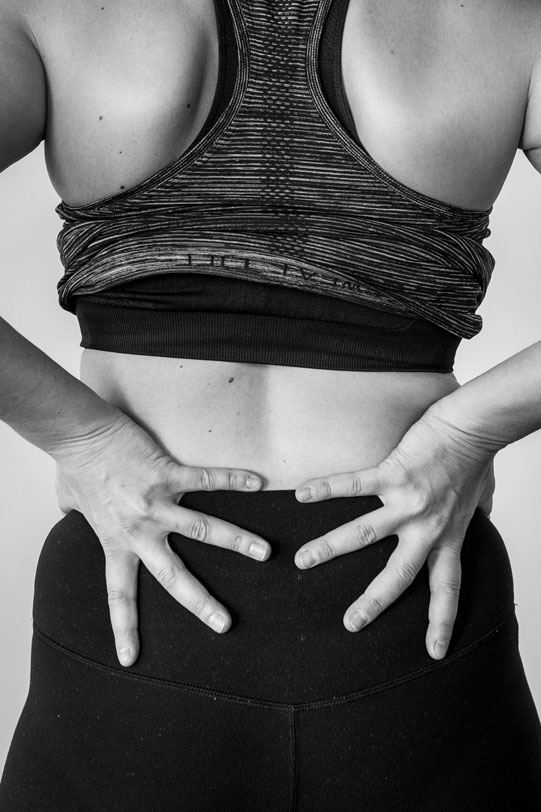What is SI Joint Dysfunction? Causes & Outlook
A common cause of lower back pain that I see in the clinic is sacroiliac joint (SIJ) dysfunction. It refers to pain coming from the SIJ which connects the tailbone (sacrum) to the hip bones (ilium). SIJ dysfunction is usually caused by malalignment of these bones and the function of these joints as you go about your day. SIJ dysfunction has surged over the last 6 months with changes in work environments and training routines due to COVID-19, so this article will present some key ways that we use to assist patients experiencing this annoying pain.
SIJ dysfunction is difficult to diagnose and the symptoms present in a number of ways but commonly we will see one or more of the following:
-
Lower back pain
-
Pain sitting in one position for too long
-
Pain referring to the thighs
-
Tenderness of the back of the hips on the SIJ
-
Pain when bending forward
-
Sharp or stabbing pain which can extend past the knee
HOW CAN UNDERSTANDING SLINGS HELP WITH SIJ DYSFUNCTION?
One way we build structural stability is to view the SIJ not just as as a single joint but as one part that is intricately connected with the functioning of the whole. We approach it in the same way an orchestra performing well is the goal, not just a single musician. Instead of zooming in on your SIJ or glute activation we look at optimising the combination of the muscles that wrap and support the trunk and hip girdle as ‘slings’.
We have slings on the front and back (anterior and posterior) which wrap your trunk on the front from one side to the opposite inner thigh, and your back from one side to your bottom on the opposite. Proper functioning of your anterior and posterior slings allow better stabilisation of the trunk and hips by wrapping your hip and trunk in orientations that support effective dynamic movement.
One of the reasons we include sling exercises in our approach is to optimise ‘force closure’ (closing the joint) at the SIJ. Ensuring force closure here improves stability which in turn allows for better load sharing between the lower and upper extremities. This is very sport specific and has very good transfer to almost all actions. Running or changing directions quickly? Ripping a barbell from the ground? Bending forward to pick something up? All of these require force closure at the SIJ. Below we will focus on some key exercises I use in the clinic.
Exercise 1 / Single Leg Hip Raise – Posterior Oblique Sling Variation
Laying on the ground face up, prepare to perform a single leg hip raise. Grab onto a band with the opposite arm to the target leg and set up in an overhead position. Pull the band with a straight arm to your hip while driving your hips upwards until you hit a solid end range. At the top of the movement try to feel a solid contraction and connection between your target glute (gluteus maximus) and opposite lat (latissimus dorsi). Return to the start position maintain tension through your trunk. You can also put your target foot on a foam roller or ball to increase the difficulty and hamstring contribution.
Single Leg Hip Raise – Posterior Oblique Sling Variation from Pro-Form Physiotherapy on Vimeo.
Exercise Two / Deadbug – Anterior Oblique Sling Variation
Set up in the flexed deadbug position with a small weight in your hands. Focus on maintaining solid connection into the ground through your lower back throughout this movement. Controlling the tension through your trunk, lower the load at an oblique angle over your head while dropping the opposite leg down to the ground. Pause and ensure you have solid tension between your lower back and the ground, then return the start position. Progress with loading and speed of the movement.
Deadbug – Anterior Oblique Sling Variation from Pro-Form Physiotherapy on Vimeo.
Exercise Three / Single Leg Wall Hinge And Row
Taking half a step out from the wall with your target leg, wrap the band under that foot and sit back on the wall with your hips. Raise your other foot to the wall behind you and slowly hinge forward until you feel your hamstring on the support leg. If you do not feel your hamstring on this side, adjust your foot position and try again. Once you are in the bent-over position with a neutral spine, row the band with the opposite hand to the hip. Pause at the end of your row and try to feel the connection between your hamstring and lat (latissimus dorsi). Slowly return to the start position maintaining tension through your trunk.
Single Leg Wall Hinge And Row from Pro-Form Physiotherapy on Vimeo.
FINAL REMARKS
When we address SIJ dysfunction our goals are to improve load sharing at the hip, improve force closure and increase awareness and stabilisation of the joint. Due to large, powerful muscles which indirectly affect this joint we often find value utilising anterior and posterior sling exercises in conjunction with your rehabilitation plan.
If any of this resonates with you, please do not hesitate to reach out to us by: commenting below, sending us an e-mail, messaging us through Instagram, or giving us a call. We guarantee that we can help guide you down the right path.
Written by:
Austin Smith
Exercise Physiologist
